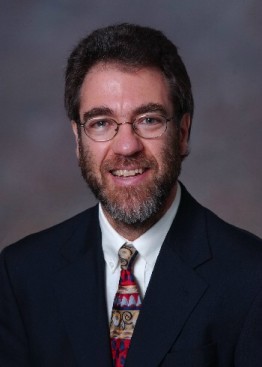 The Complicated World of Informatics
The Complicated World of Informatics
William Hersh, MD, Professor and Chair, OHSU
Blog: Informatics Professor
The complicated world of informatics training will become even more complicated with the advent of clinical informatics fellowships for physicians. As I have stated before, there are serious challenges for these fellowships, especially starting in 2018 when the “grandfathering” option is no longer available and the only way for a physician to become board-certified will be via a formal fellowship accredited by the Accreditation Council for Graduate Medical Education (ACGME).
We are developing plans to offer a clinical informatics subspecialty fellowship at Oregon Health & Science University (OHSU). The administrative home of the program will be the OHSU Department of Medicine (one of nine primary specialties designated by ACGME to be able to offer fellowships and have them accredited through their respective Residency Review Committee [RRC]), although physicians from any specialty can join the fellowship and become board-certified. The OHSU Department of Medical Informatics & Clinical Epidemiology (DMICE) will provide day-to-day administration and leadership of the program. We hope to launch the program in July, 2014.
Clinical informatics fellows will divide their time among three major activities (with approximate time proportions):
- Clinical informatics projects (40%) – project work under the auspices of program faculty, with a focus on systems for their clinical specialty
- Informatics education (40%) – taking classes in the OHSU informatics graduate program
- Clinical practice (20%) – seeing patients in their primary specialty
The current funding model for the fellowship will be for participating clinical specialties to fund the salary of the fellow, while DMICE will provide administrative support for the fellowship. A number of other clinical informatics fellowships around the country plan to use DMICE clinical informatics courses, which are online, for the educational portions of their programs. We hope to align all clinical fellows from around the country in our courses as a cohort as well as provide interactive journal clubs and conferences for trainees in all programs.
In the meantime, we anticipate many physicians (especially those not eligible for the board-certified pathway) as well as non-physicians will still want to train via the graduate education model. We plan no major changes in our graduate programs, other than their evolution to keep up with the field and provide new content options, such as those based on our collaboration with Epic. Of course, as certification for other (non-physician) professions emerges, we and others will need to develop programs that might train using the clinical fellowship model.
As I have written before, the biggest challenge for all who want to start clinical informatics fellowships is funding. Because all medical trainees in residency and fellowship programs are paid, the clinical fellowship model will require that someone pay the stipend and tuition of the fellow. I am hoping to convince some clinical departments as well as our hospital to fund some positions. We have a couple takers so far.
Of note, our hospital administration has a conservative interpretation of CMS rules regarding billing, and will not allow clinical informatics to bill in their primary specialties. This makes the funding model a lot more challenging, in that trainee stipends will not be fundable via clinical practice.
There is good enthusiasm at our institution for the fellowship, but enthusiasm does not always translate to funding. Without funding from the clinical departments or the heath system at our institution and elsewhere, the pipeline of future subspecialists may dry up and impede capacity for development of the subspecialty. In the long run, my hope is that ACGME and others will allow more innovation beyond the bounds of the current model of fellowship training.
This article post first appeared on The Informatics Professor. Dr. Hersh is a frequent contributing expert to HITECH Answers.
